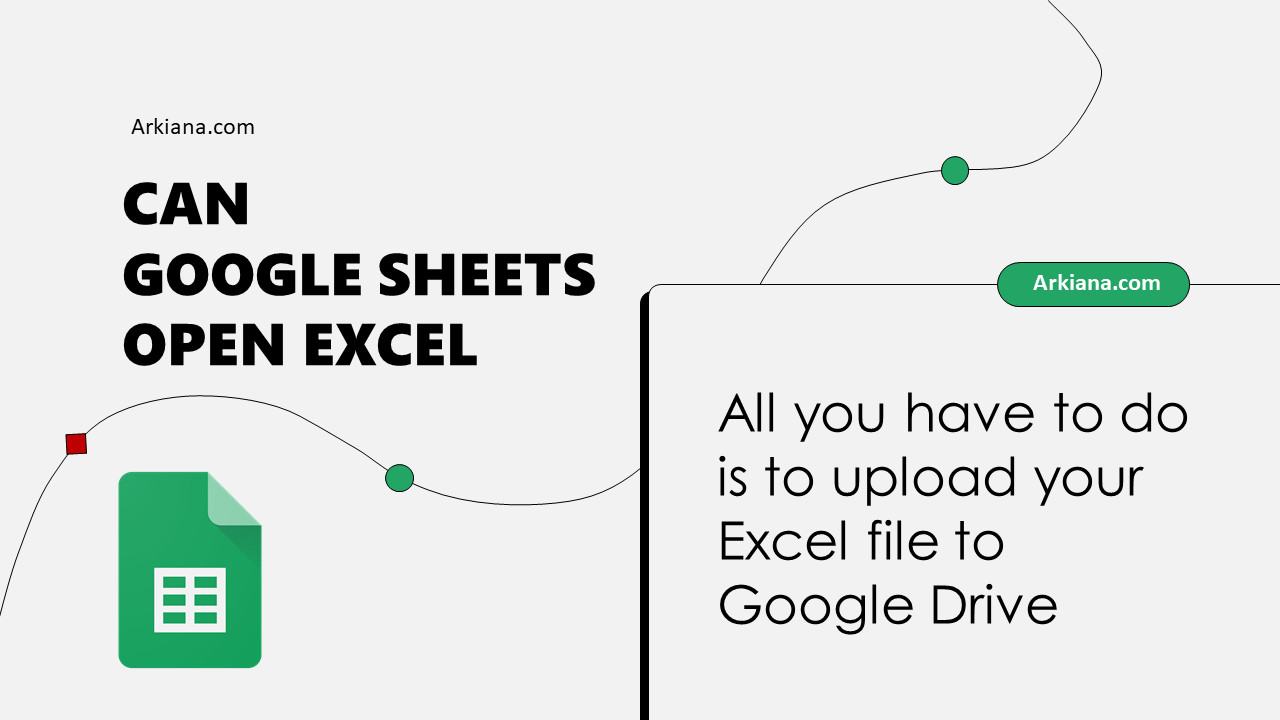Open Excel Sheets on iPad: Easy Guide

Why Use Excel on an iPad?

Excel is synonymous with efficiency when it comes to managing and analyzing data. While traditionally designed for desktops, the iPad version of Microsoft Excel brings a powerful set of features to your mobile device, allowing you to work on the go. Here’s why you might want to use Excel on your iPad:
- Portability: Carry your entire database, spreadsheets, and financial models in your pocket.
- Collaboration: Edit and share spreadsheets in real-time with team members, no matter where they are.
- Convenience: Excel for iPad offers touch-optimized interfaces, making it easier to work with touch gestures.
How to Open Excel on Your iPad

Opening Excel on your iPad is straightforward, but here’s a step-by-step guide to ensure you don’t miss anything:
- Locate the Microsoft Excel app icon on your iPad’s home screen.
- Tap on the icon to open the application. If you haven’t installed Excel, you can download it from the App Store.
- Upon first opening, sign in with your Microsoft account to sync your documents across devices.
📝 Note: Make sure your iPad is running iPadOS 13 or later to ensure compatibility with the latest Excel features.
Loading an Existing File

To load an existing file in Excel for iPad:
- After opening the app, go to the Files or Home section.
- Choose one of the following sources:
- OneDrive: If you’ve saved files here or signed in with a Microsoft account, they will appear automatically.
- iCloud Drive: Files saved here can also be accessed if you have an Apple ID.
- Local Storage: Files can be stored on your device.
- Select the file you wish to open. Tapping on it will load it into Excel for editing or viewing.
Creating a New File

To create a new file:
- Open Excel and tap on the “+” or New Workbook button, usually found at the top left corner.
- Choose a template or opt for a blank workbook.
- Name your file and start entering your data or formulas.
📝 Note: Remember to save your work regularly, especially if you’re creating large spreadsheets. Excel for iPad autosaves, but always good to ensure.
Using Excel Features on iPad

Excel for iPad supports most of the desktop features with some limitations:
- Formula and Function Use: Enter formulas as you would on a desktop, but use the on-screen keyboard or an external keyboard for efficiency.
- Pivot Tables: Create, modify, and interact with pivot tables on your iPad.
- Charts: Select data and choose to insert various chart types.
- Data Analysis: Tools like Data Tables, Goal Seek, and What-If Analysis are available.
- Formatting: Adjust cell styles, font, and color through the touch interface or use familiar formatting icons.
- Touch Gestures: Pinch to zoom, swipe to scroll, and use two-finger swipe for selecting multiple cells.
Syncing and Collaboration

One of the standout features of Excel for iPad is its ability to sync with OneDrive or iCloud:
- OneDrive: Syncs automatically when you have an internet connection, allowing you to access and edit files across devices.
- iCloud: Works similarly, providing cross-device access if you’re using Apple’s ecosystem.
- Co-authoring: Multiple users can edit a document in real-time. Changes are tracked and synchronized instantly.
- Comments and Notes: Add comments to specific cells for better collaboration.
📝 Note: Ensure internet connectivity for seamless collaboration, as offline edits will sync when you reconnect.
Limitations and Alternatives

While Excel for iPad is feature-rich, there are some limitations:
- Some advanced features might be limited or not as intuitive on a touch screen.
- Macro support is minimal compared to the desktop version.
- Complex spreadsheets might load slower on iPad than on a desktop due to hardware differences.
If Excel for iPad doesn’t meet all your needs:
- Consider using a mobile device management app to use a remote desktop app for accessing full desktop Excel.
- Google Sheets might be an alternative with robust mobile support and no licensing cost.
- Numbers by Apple offers excellent touch integration and simple spreadsheet capabilities.
In the end, Excel for iPad allows you to manage spreadsheets, perform analyses, and collaborate effectively even when you’re away from your desktop. Its intuitive touch interface combined with robust features makes it an invaluable tool for anyone needing to work on-the-go.
Can I use Excel on iPad without an Office 365 subscription?

+
Yes, you can use Excel on an iPad without an Office 365 subscription. However, to access all features and for cloud storage sync, a subscription is recommended.
How do I add an Excel file to my iPad?

+
Use iCloud Drive, OneDrive, or Dropbox to store files online, then open them directly within Excel on your iPad. You can also import files via email or other sharing options.
What’s the best way to collaborate on an Excel sheet from iPad?

+
Save your spreadsheet to OneDrive or iCloud Drive for real-time co-authoring. Share the file link with colleagues for simultaneous editing, using the “Share” button in the app.
By following this guide, you’ll be able to take full advantage of Excel’s capabilities right from your iPad. Whether you’re an analyst on the move or someone who enjoys managing data in their spare time, Excel for iPad can be your go-to tool for productivity.



